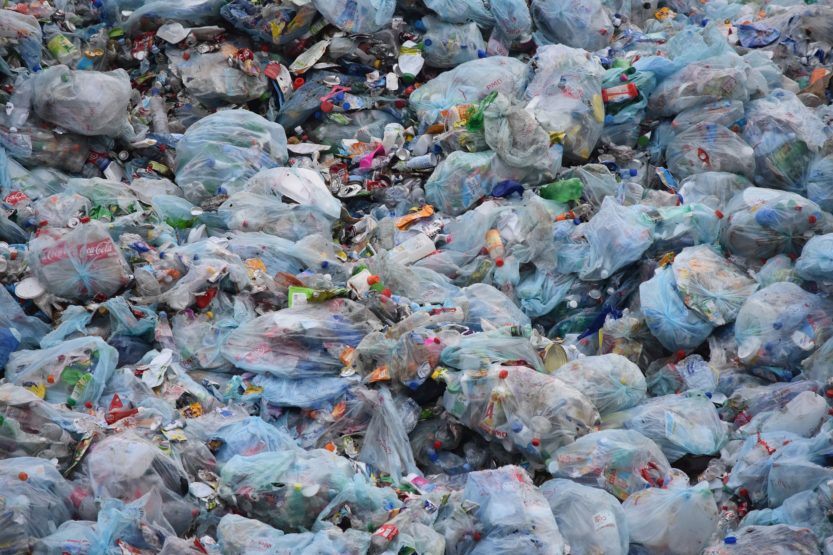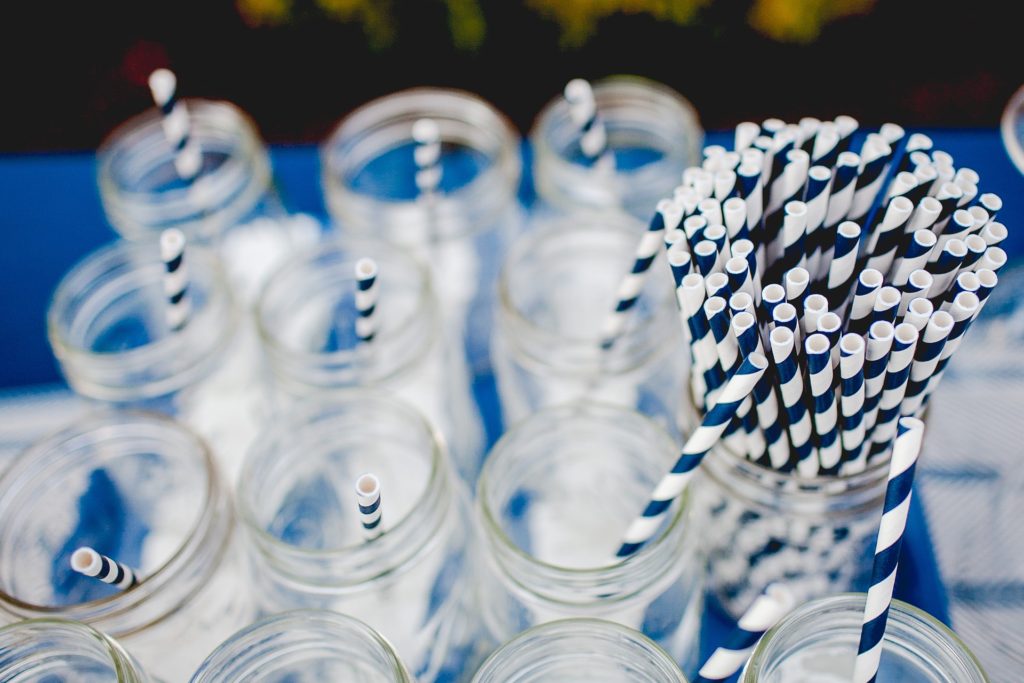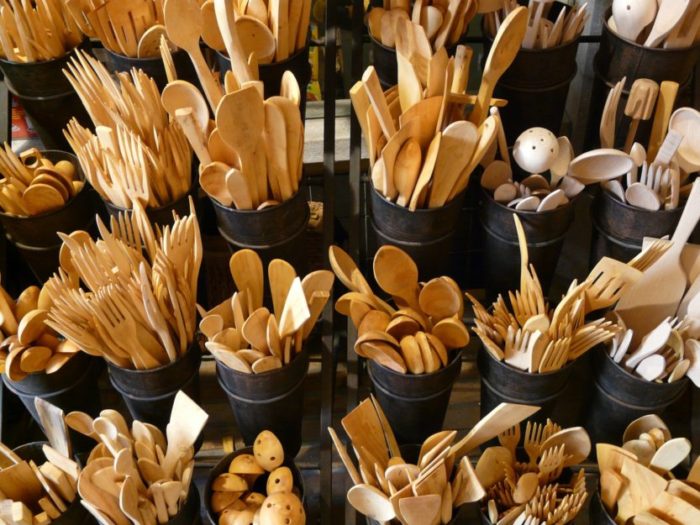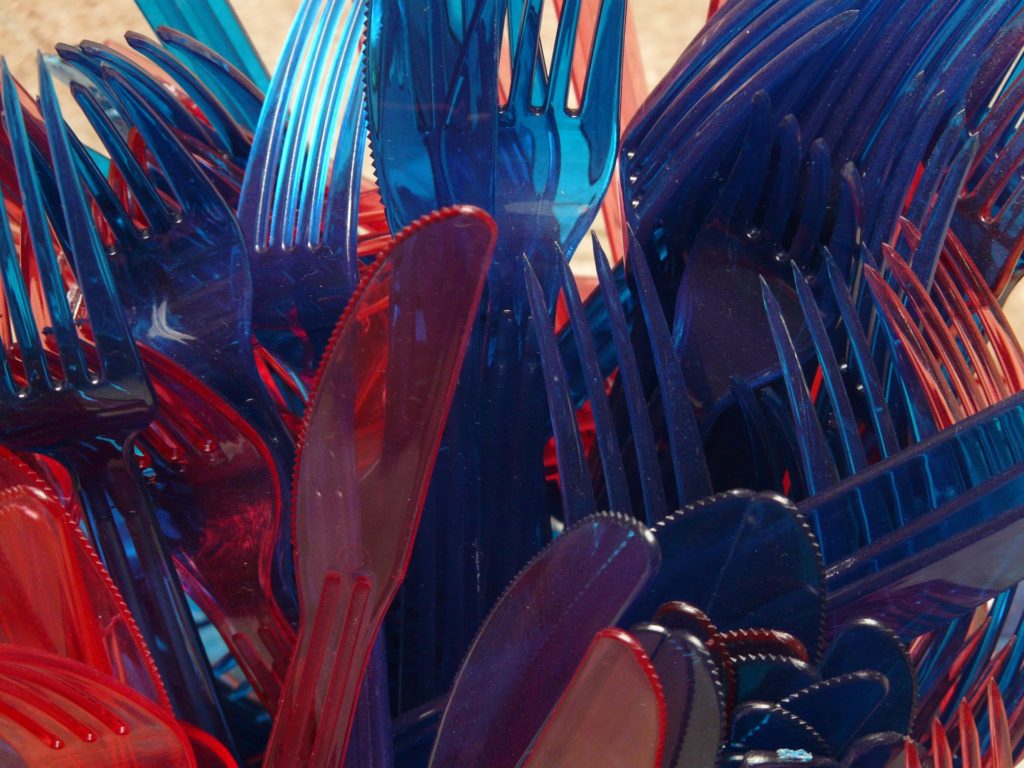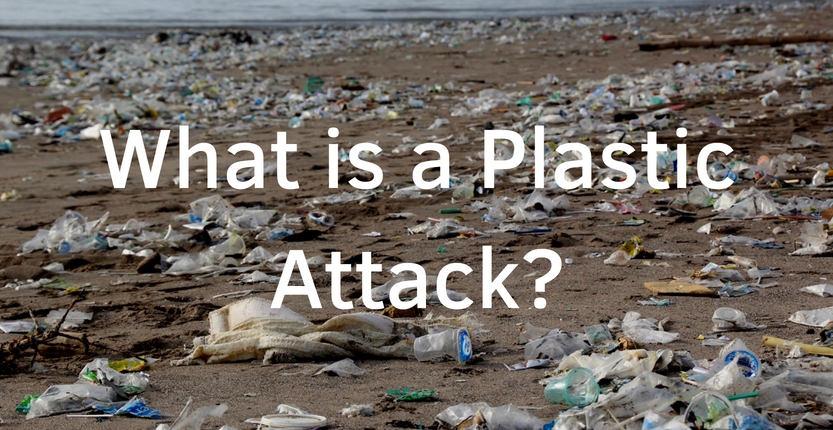The problem with plastic?
There’s no doubt that plastic as a material has revolutionised the world we live in.
Easily shape-able and highly durable we have used it as a tool to advance our civilisation. But has this relationship with plastic now just gone too far?
Mankind has utilised naturally occurring types of plastic for centuries in the form of tortoise shell, horn and bone which was used in the past to craft useful items such as combs, shoehorns and cups.
In the 1860s the first form of synthetic polymer was created by using cellulose from cotton fibre and camphor in an attempt to create a substitute material that could replace the limited supplies of ivory used in the production of billiard balls.
The material called Celluliod had properties which allowed it to be shaped and used to copy goods that were previously made from animal matter. The invention was welcomed by many people as this took away some of the demand for animal products which were being sourced from the wild, in particular from Elephants. Celluloid was used most famously to produce early forms of cinema and photography film.
Plastic then changed in the early 1900s with the development of Bakelite which was the first completely synthetic polymer containing no naturally occurring chemical structures. Bakelite offered many positive characteristics which could be employed into the design and manufacture of various new products. This new type of plastic could easily be mass produced and moulded various shapes and products.
Moving into the mid 1900s and spurred on by high levels of increased production as a result of the second world war, plastic polymers had now increased in range to include substances such as nylon utilised in the production of toothbrush bristles, vinyl used in the production of long playing records, polystyrene used in Airfix kits and also the famous polythene, used in the manufacture of plastic bags.
There are many different types of polymers used in the production of billions of plastic products and packaging around the world today. With all this plastic in production its not surprising to learn that some of the discarded plastic started to find its way back into our environment and begin to have an effect on delicate natural ecosystems.
Shared from National Geographic via YouTube.
Plastic Pollution in the world today
Current estimates of the amount of plastic that has been produced in the world since it first started to be mass produced in the 1950s stands at a staggering 9 billion tonnes.
Out of this huge amount it is though that 7 billion tonnes has been disposed of as waste.
In 2015 only 9 percent of all plastic produced was collected and recycled, 12 percent was incinerated, leaving a whopping 79 percent which was either sent to landfill or has ended up somewhere in the environment where it could remain for thousands of years.
Current levels of plastic in use are predicted to be 30 percent of the entire amount of plastic ever produced by mankind. This just shows how the use of plastic has become such a common part of the modern world we live in. Everywhere we look there is plastic in some form or another.
Every time we buy something it seems in the majority of cases to come with plastic, even simple foods which have natural wrappers built into them such as banana’s or oranges seem to be more and more commonly found on the shelves of our shops packaged in plastic of some form or another.
After this single use plastic packaging is used and disposed of there is a high possibility that it will end up in our oceans. Plastic waste is often discarded as litter on land which can easily find its way into our rivers and subsequently carried into our oceans where it will be carried around the planet in currents for hundreds of years while it slowly degrades into tiny pieces.
Tourism in coastal resorts has lead to high amounts of plastic packaging being consumed right next to our oceans, as people create litter this can easily be blown into the sea by the wind or collected by the ocean at high tide.
Then there is the fact that plastic waste is purposely disposed of into the sea from people in boats using our waterways who do not want to carry this waste with them.
In certain certain parts of the world where tourists are visiting there just simply isn’t the facilities or infrastructure in place to deal with all this modern day trash, so inevitably its final destination is to be disposed of in the sea.
How Much Plastic is in the Ocean?
Shared from It’s Okay To Be Smart channel, YouTube
Effects on our environment
When plastic enters our environment on land or in the ocean it will remain there for a long time, possibly thousands of years. As it slowly breaks down into smaller and smaller pieces it will have an environmental impact in a number of ways.
Chemicals used in the production of plastic such as BPA which has been shown to be an endocrine or hormone disruptor and can lead to cancerous growths or birth defects, will eventually leach from the plastic into the sea to be absorbed by marine life.
Pieces of plastic are eaten by animals as they are mistaken as food. This is then passed up the food chain to other creatures.
As plastic is indigestible it tends to remain in the stomachs of animals thus causing disastrous health effects, possible starvation and ultimately death.
Plastic has been found in a third of fish caught in the UK including species such as Haddock and Cod.
Plastic has also been found in 90 percent of seabirds including items such as bottle tops and plastic bags, not to mention the many micro sized plastic pieces injested.
Eventually this all this plastic in the food chain is going to come back to haunt us an an inescapable part of the food we eat and the destruction of the natural environment we are part of.
The facts speak for themselves.
- It is estimated that there is currently around 8 billion Tonnes of plastic in the world, and its growing fast.
- Of this over 6 billion tonnes is waste.
- Only an estimated 9% plastic is recycled.
- One million plastic bottles are sold per minute worldwide.
- An estimated 500 million plastic straws are used in the USA every day.
- If production of plastic continues increasing as it is, the forecast is that by the year 2050 there will be 12 billion tonnes waste in the world.
Plastic pollution is real and we need to act now change the way we live before its too late….

